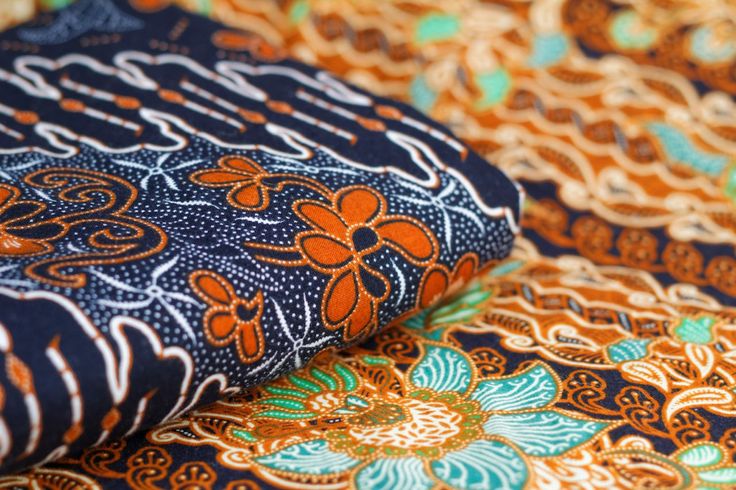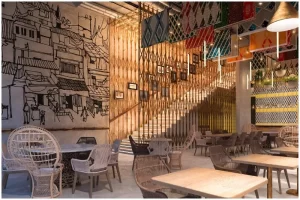Executive Summary:
The textile industry, a cornerstone of global commerce, has witnessed a transformative shift with the advent of online platforms. As technology continues to reshape traditional industries, the textile sector has embraced digital platforms, creating a dynamic online marketplace. This case study delves into the global market insights surrounding textile online platforms, exploring the factors driving growth, challenges faced, and the overall impact on manufacturers, suppliers, and buyers. Below are key trends in the Global Textile
Online Market:
- Increased Accessibility and Global Reach:
Textile online platforms have facilitated unprecedented access to a diverse range of fabrics, connecting suppliers and manufacturers with a global audience and breaking down geographical barriers.
- Advanced Search and Filtering Capabilities:
The integration of robust search and filtering functionalities empowers users to efficiently navigate vast product catalogs, enhancing the overall user experience and expediting the sourcing process.
- Virtual Showrooms and Digital Presentations:
Virtual showrooms have emerged as a key trend, allowing suppliers to showcase their collections in a visually immersive manner. Digital presentations and 3D renderings enhance the online shopping experience for buyers.
- Real-time Communication Tools:
Textile online platforms are incorporating real-time communication tools such as live chat and video conferencing, facilitating direct interaction between buyers and sellers, thereby fostering collaboration.
Market Impact and Stakeholder Perspectives:

- Manufacturers and Suppliers:
For manufacturers and suppliers, participation in textile online platforms opens new avenues for market reach and customer acquisition. The ability to showcase products digitally widens their exposure to a diverse clientele.
- Buyers and Designers:
Buyers and designers benefit from the convenience and efficiency offered by textile online platforms. The ability to explore a wide array of textiles, engage in virtual showrooms, and communicate directly with suppliers streamlines the sourcing process.
- Market Expansion and Competition:
The global textile online market has contributed to the expansion of the industry beyond traditional boundaries. While this presents growth opportunities, it also intensifies competition, requiring participants to stay innovative and responsive to market trends.
Challenges and Strategies:
Adoption Barriers:
Some stakeholders may face challenges in transitioning from traditional sourcing methods to online platforms. Education and training initiatives are crucial to overcoming adoption barriers.
Quality Assurance and Transparency:
Ensuring product quality and transparency in online transactions is a persistent challenge. Textile online platforms must implement robust measures for product verification and transparent communication.
Future Outlook and Innovations:
Integration of AI and Machine Learning:
The future of textile online platforms involves the integration of artificial intelligence (AI) and machine learning to enhance personalized recommendations, predictive analytics, and an even more seamless user experience.
Sustainability Initiatives:
Anticipated future trends include a stronger focus on sustainability, with online platforms playing a pivotal role in promoting eco-friendly and ethically sourced textiles.
Conclusion:
The global market insights into textile onlineplatforms reveal a landscape marked by innovation, efficiency, and increased connectivity. As the industry continues to embrace digital transformation, textile online platforms stand as catalysts for change, shaping the future of how textiles are sourced, presented, and consumed on a global scale.


























